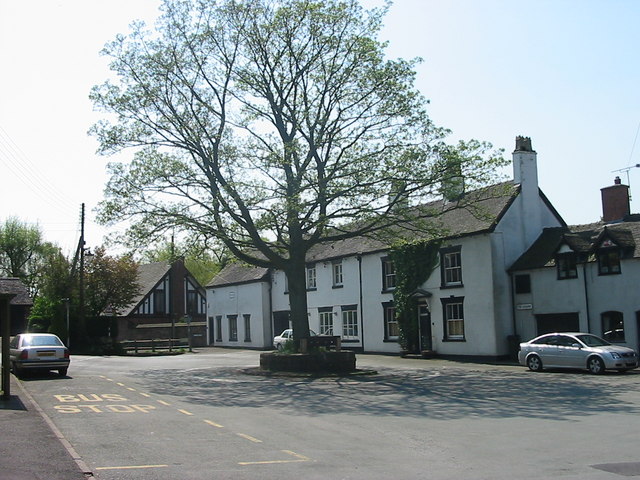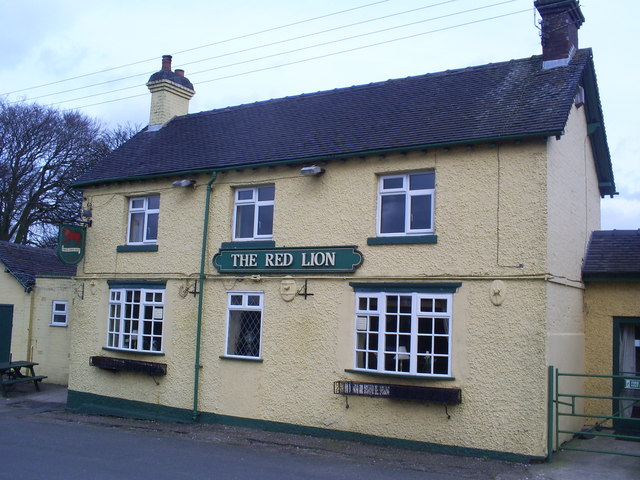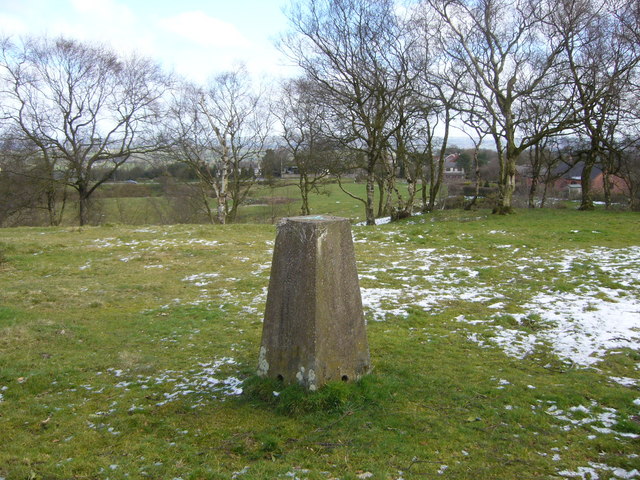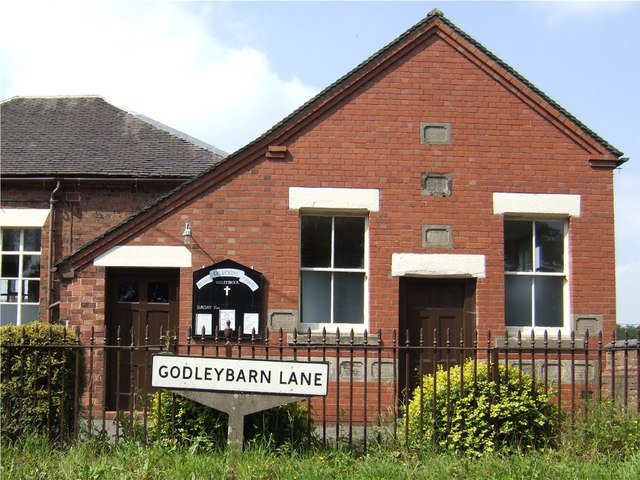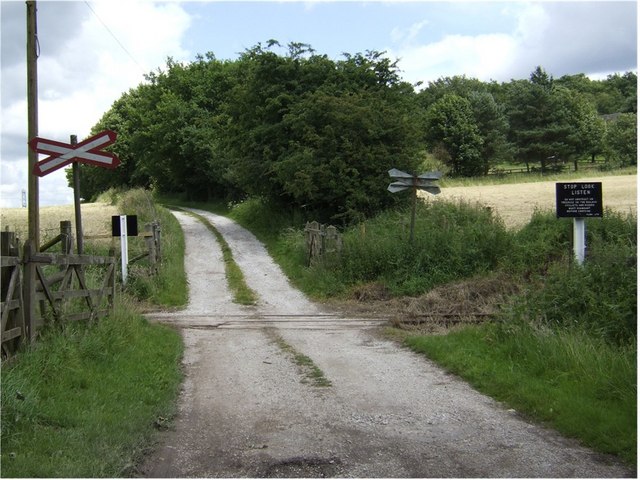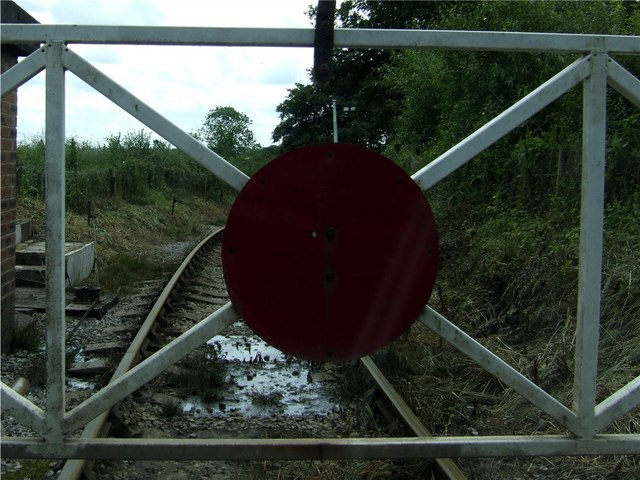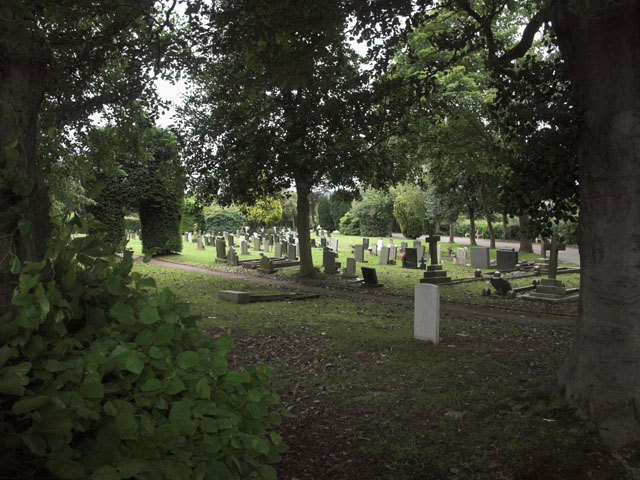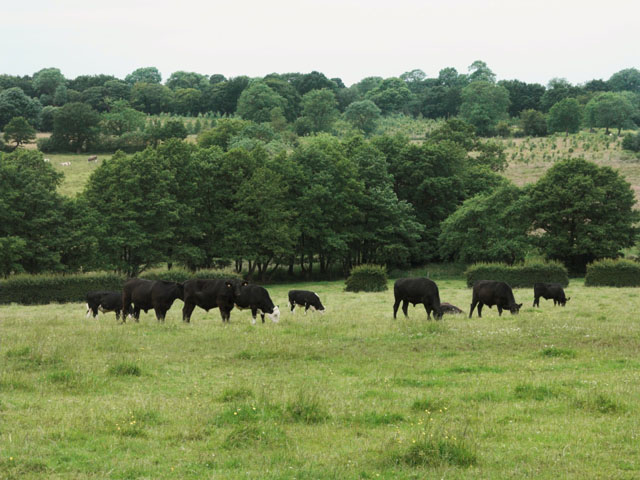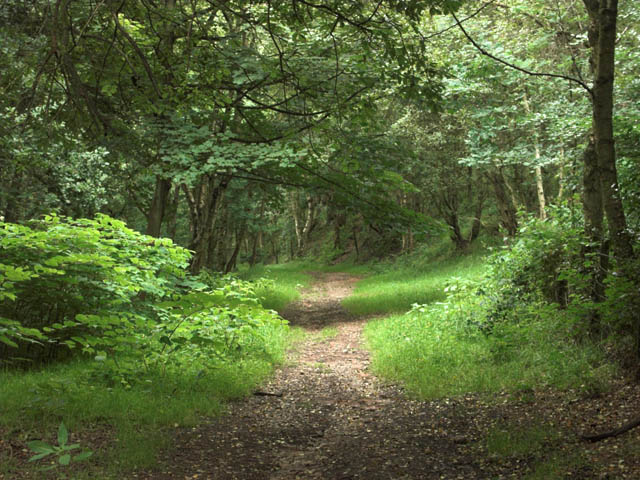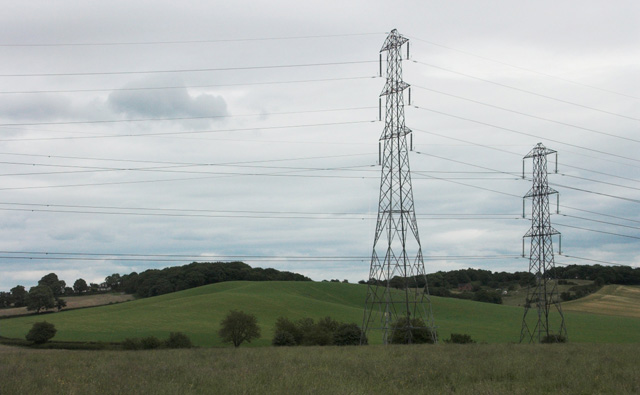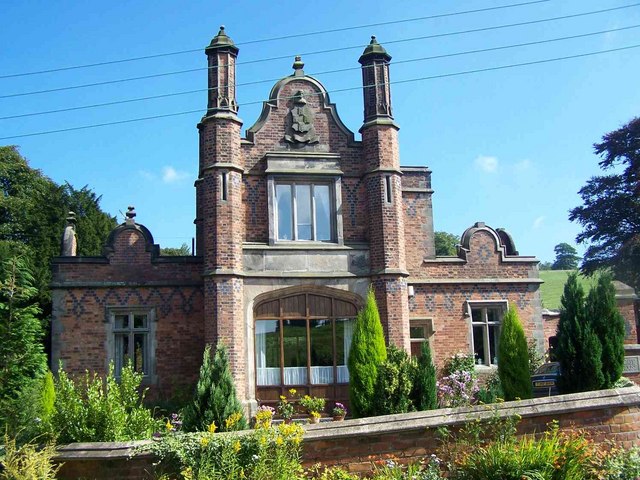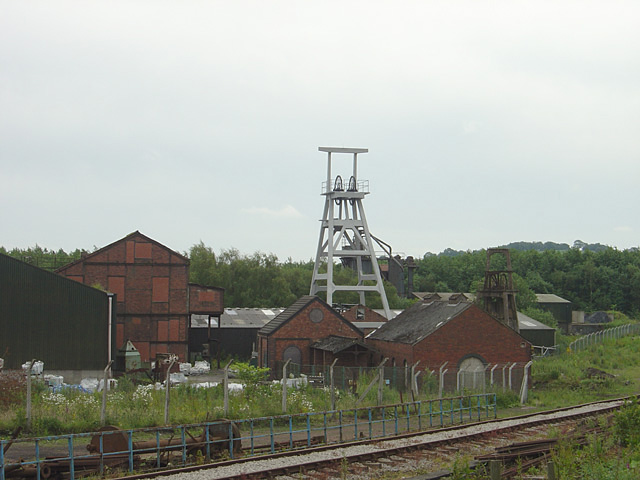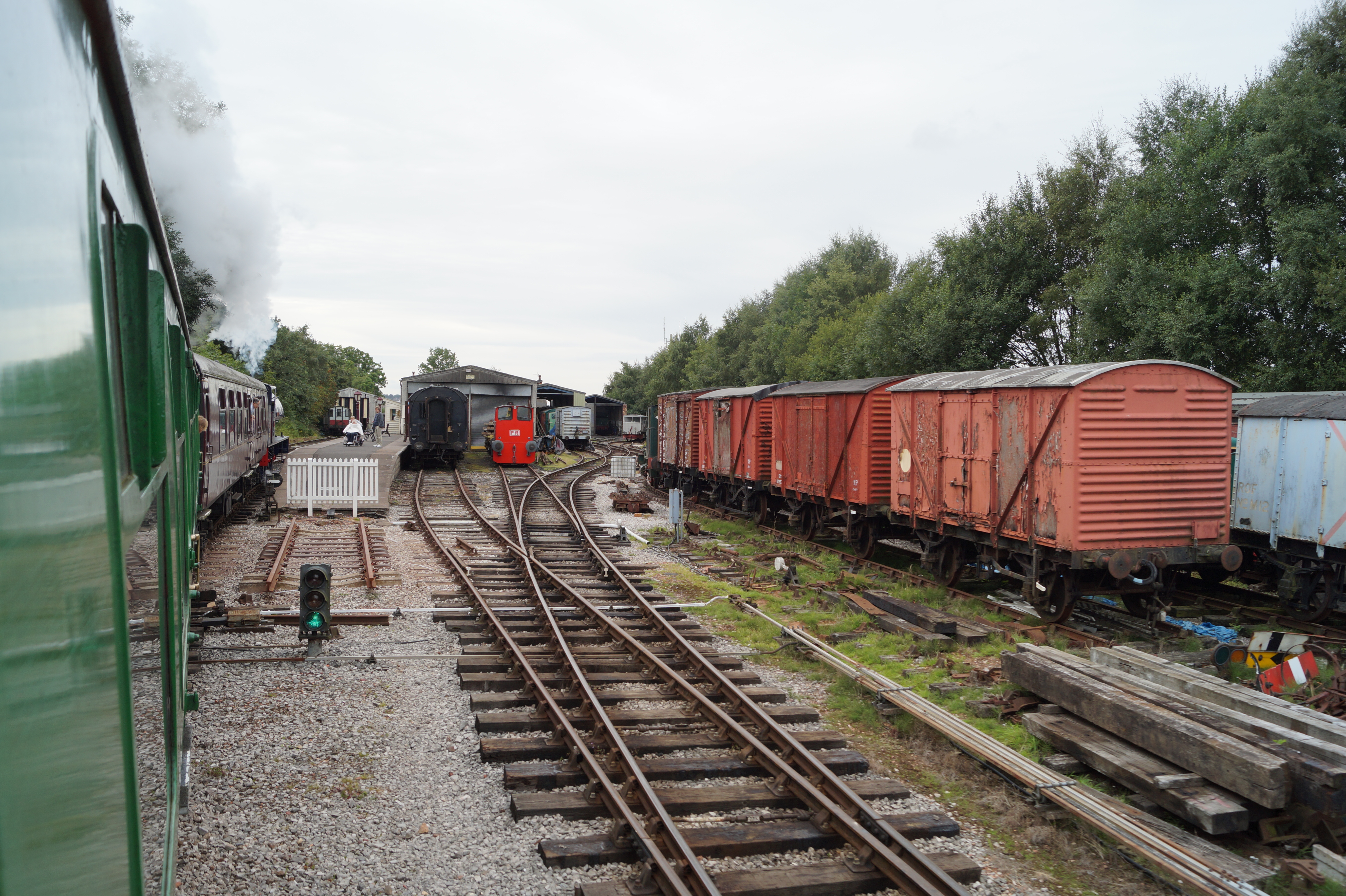Blakeleybank Wood
Wood, Forest in Staffordshire Staffordshire Moorlands
England
Blakeleybank Wood
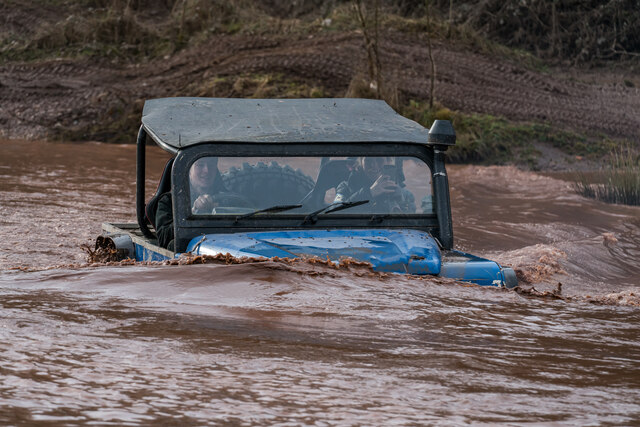
Blakeleybank Wood is a serene and captivating woodland located in Staffordshire, England. Spanning over a vast area, this enchanting forest offers a tranquil retreat for nature enthusiasts and outdoor adventurers alike. The wood is situated in close proximity to the village of Blakeley, surrounded by picturesque countryside and rolling hills.
As visitors step into the woodland, they are immediately greeted by a rich tapestry of flora and fauna. Towering oak and beech trees dominate the landscape, their branches interwoven to create a canopy that filters sunlight and casts beautiful shadows on the forest floor. The forest is also home to a diverse array of plant species, including bluebells, wild garlic, and wood anemones that carpet the ground in vibrant hues during the springtime.
Blakeleybank Wood is not only a haven for plant life but also provides a sanctuary for numerous woodland creatures. Birdsong fills the air as various species, such as woodpeckers, robins, and thrushes, make their homes in the tall trees. Squirrels scurry playfully along the branches, while deer cautiously explore the undergrowth, adding to the sense of wilderness and natural beauty that the wood exudes.
The wood offers an extensive network of walking trails that wind their way through the forest, allowing visitors to amble through the peaceful surroundings and soak in the tranquility. These trails range in difficulty, catering to both casual strollers and seasoned hikers. Along the paths, there are designated picnic areas where visitors can take a break and enjoy a packed lunch amidst the scenic beauty.
Blakeleybank Wood is a true gem of Staffordshire, beckoning nature enthusiasts to immerse themselves in its serene ambiance and discover the wonders that lie within its verdant embrace.
If you have any feedback on the listing, please let us know in the comments section below.
Blakeleybank Wood Images
Images are sourced within 2km of 52.988318/-2.0551796 or Grid Reference SJ9643. Thanks to Geograph Open Source API. All images are credited.
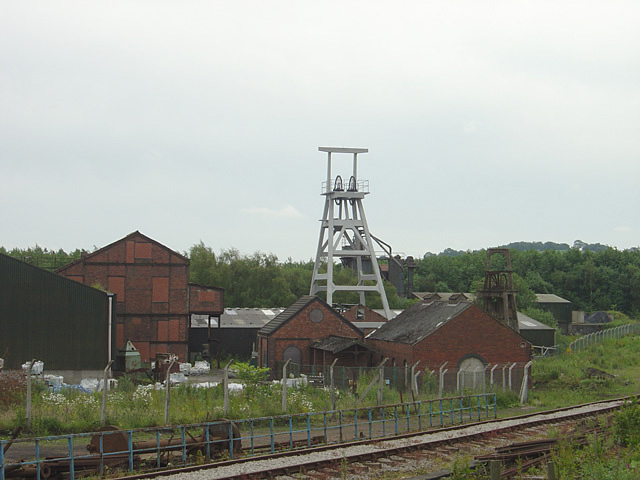
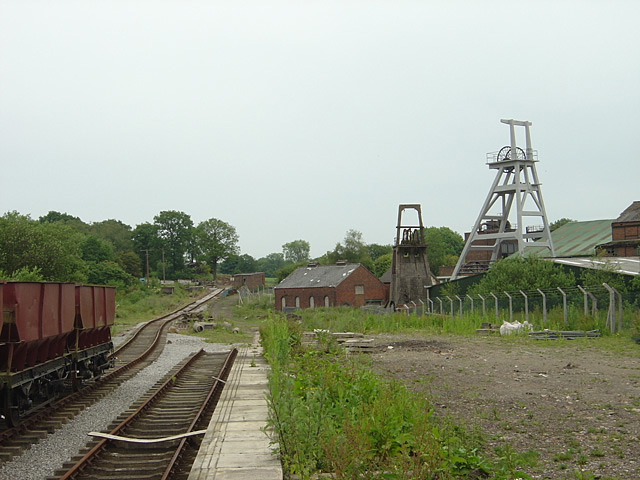
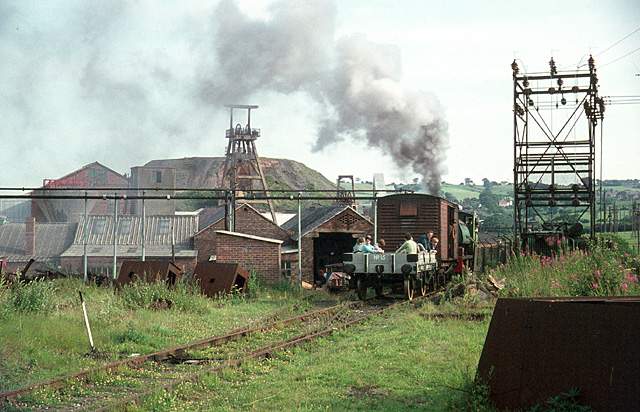
Blakeleybank Wood is located at Grid Ref: SJ9643 (Lat: 52.988318, Lng: -2.0551796)
Administrative County: Staffordshire
District: Staffordshire Moorlands
Police Authority: Staffordshire
What 3 Words
///peroxide.neon.curl. Near Cheadle, Staffordshire
Nearby Locations
Related Wikis
Dilhorne Hall
Dilhorne Hall located in Dilhorne, Staffordshire, England, was the ancestral home of the Buller family. == History == The Hall occupied an area of approximately...
Dilhorne
Dilhorne is an ancient parish and village in Staffordshire, three miles from Cheadle and six miles from Stoke-on-Trent. The village is within the Staffordshire...
Caverswall
Caverswall is a village and parish in Staffordshire, to the south west of Staffordshire Moorlands. In the middle of the 19th century there were about 1500...
Dilhorne Park railway station
Dilhorne Park railway station is a heritage railway station in Staffordshire on the Foxfield Railway. The station is a halt set in woodland, and at 760...
Caverswall Castle
Caverswall Castle is a privately owned early-17th-century English mansion built in a castellar style upon the foundations and within the walls of a 13th...
Foxfield Railway
The Foxfield Railway is a preserved standard gauge line located south east of Stoke-on-Trent. The line was built in 1893 to serve the colliery at Dilhorne...
Caverswall Road railway station
Caverswall Road railway station is a heritage railway station on the Foxfield Railway in Staffordshire. It serves as the centre of the railway's operations...
Forsbrook Pendant
The Forsbrook Pendant is a piece of Anglo Saxon jewellery found in Forsbrook, Staffordshire, England and sold to the British Museum in 1879. It is a 7th...
Nearby Amenities
Located within 500m of 52.988318,-2.0551796Have you been to Blakeleybank Wood?
Leave your review of Blakeleybank Wood below (or comments, questions and feedback).
